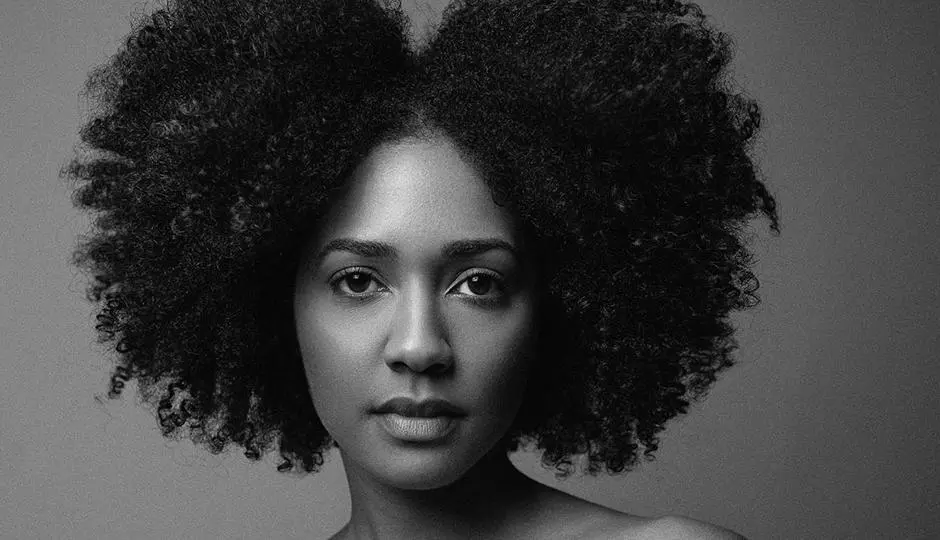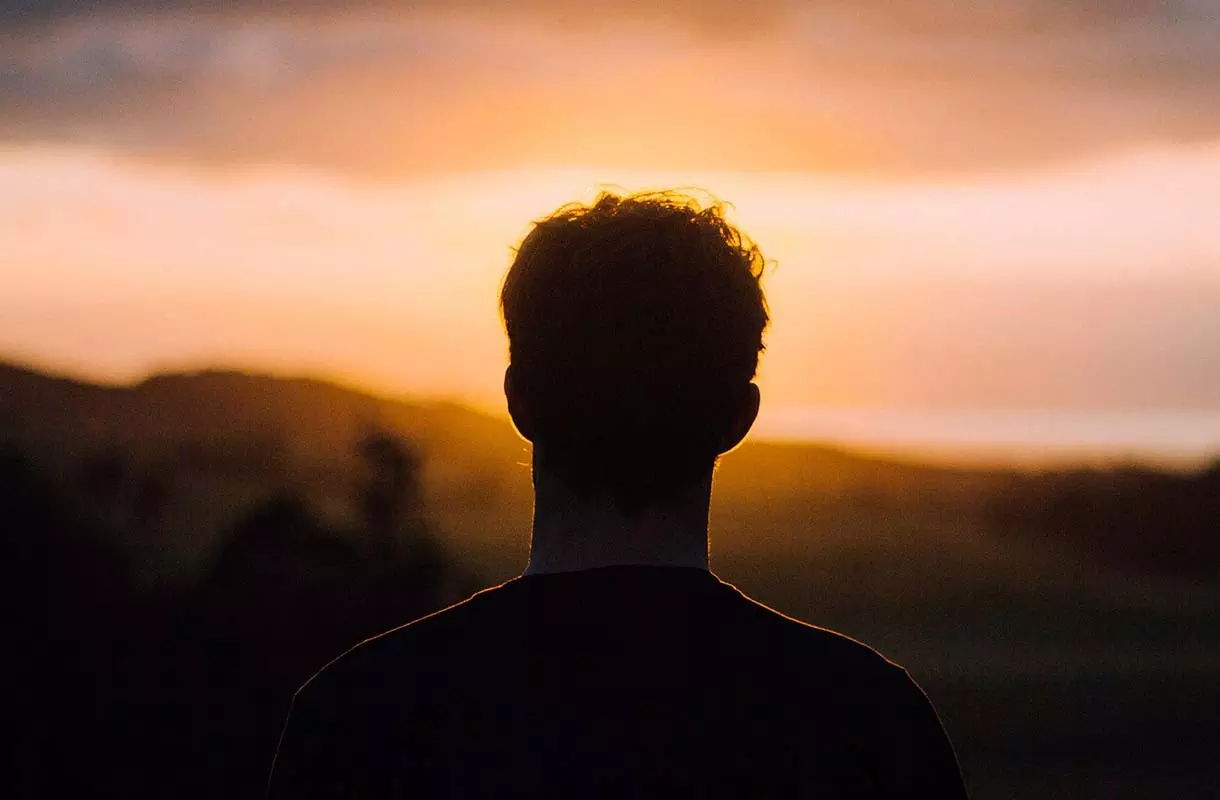Traction Alopecia is a type of hair loss associated with stress and/or tension being applied to the hair for a continuous or extended period of time. This repeated pressure on the hair causes damage to the hair follicles and causes hairs to fall out.
While the majority of those who experience traction alopecia are of African descent, this condition can affect anyone who:
- Frequently applies chemical treatments
- Often uses heat (such as a flat iron or curling iron) for their hair
- Has dreadlocks
- Uses weaves or hair extensions
- Has tight braids or cornrows
- Keeps their hair pulled back tightly for extended periods of time
- Regularly wears tight-fitting headgear such as helmets or swim caps
- Uses tightly-rolled curlers
Both children and adults can exhibit symptoms of traction alopecia and both men and women can be affected.
Prevention is the first step to avoiding traction alopecia. Steps you can take to reduce your risk include:
- Adjust your hairstyle regularly. This gives your hair (and follicles) a chance to rest.
- Try to avoid small braids. Larger braids pull less on the hair and cause less tension to the scalp.
- Don't sleep in curlers. This causes a large amount of localized tension. Instead, try wrapping it.
- If you use weaves, be sure to remove them no later than two months after getting them. Also, give your hair and scalp a two- to four-week rest between weaves.
- If you must use a hair dryer, flat iron, or curling iron, keep the heat set to low.
- Avoid rubber bands for ponytails or braids. Use hair clips or other hair ties that won't pull out your hair.
- Avoid chemical treatments.
This type of hair loss can be stopped and sometimes even reversed, depending on the severity. It is important to know what signs to look for, to make sure you or your child's hair stays full and healthy. Some symptoms include:
- Small bumps around the hairline or where hair is held tight
- Thin or broken hairline hairs
- Tenderness/redness on the scalp
- Itching
- Inflammation
- Pus or sores on the scalp
The first step to stop the process of traction alopecia is to immediately stop any treatments or hairstyles that cause distress to your hair and scalp. Although most often your hair will begin to grow back, sometimes the damage is too extensive and additional treatment may be necessary.
The best way to determine if your traction alopecia has led to permanent hair loss is to seek a professional consultation to determine the severity and what - if any - procedures or treatments you may need to stop and repair the hair loss.
If the damage is minor, you may benefit from simple treatments such as Triple Therapy, Cesare Ragazzi (CRLab) treatments, or Help Hair Nutrients. These are just a couple of the non-invasive hair treatments available at HT&RC and they can be effective ways to nourish your hair and scalp, provide essential vitamins and nutrients, and restore your hair and growth to its former healthy condition.
Sometimes, however, it may be necessary to consider more extensive hair treatments should the damage be scarring or permanent. At HT&RC, Dr. Gray can provide you with a consultation that will educate you on the causes, extent of damage, and potential treatments for your traction alopecia.
Dr. Gray and his staff understand how important it is to feel comfortable and confident. His dedication to the field of hair loss and restoration spans three decades and he ensures his clients not only receive the best care, but the healthiest experience overall.
Contact HT&RC today to schedule a consultation with Dr. Gray.






